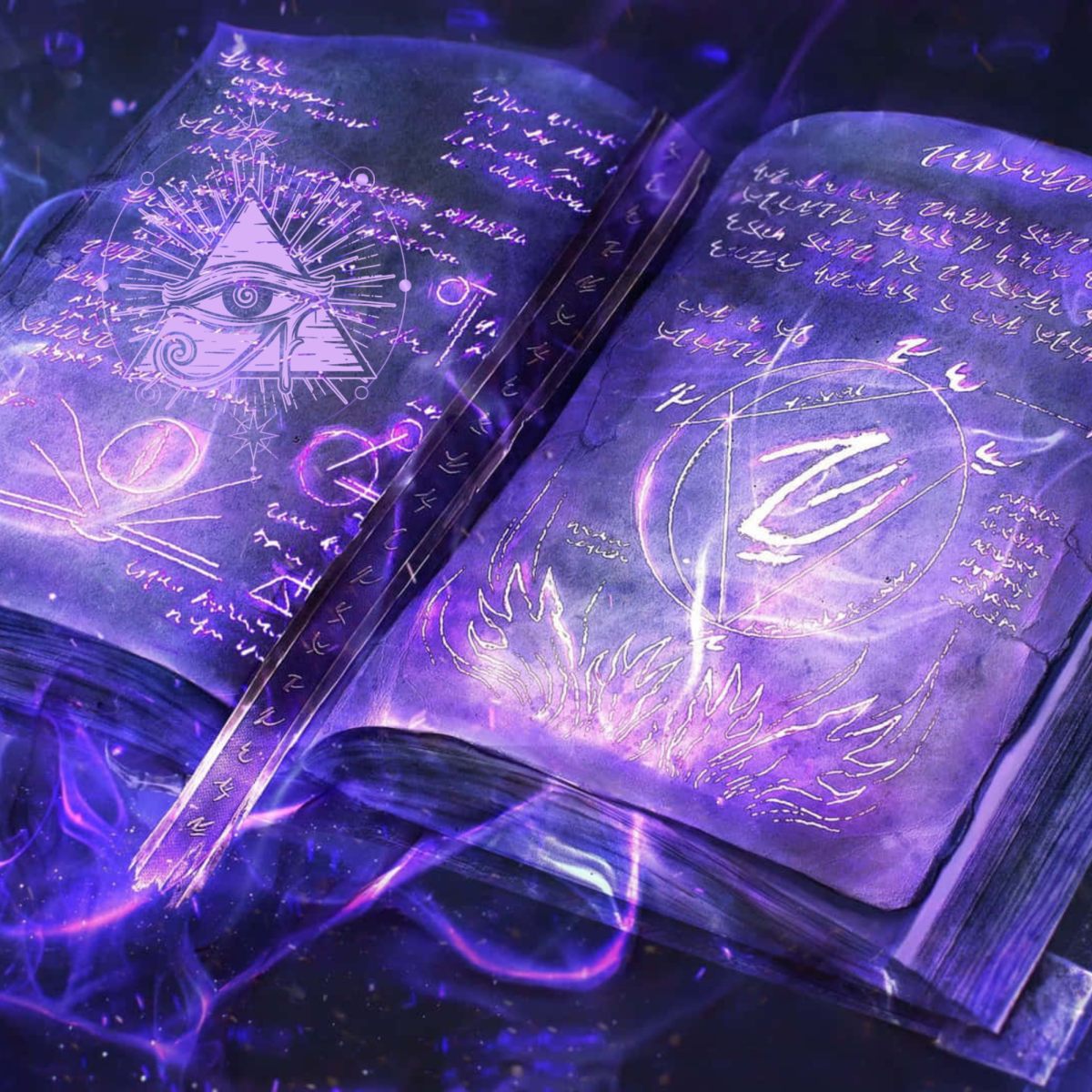Eight Holiday Traditions Around The World

Marco Verch Professional Photographer
Green wreath with fruits, bells, and golden leaves
December 21, 2022
Everyone has traditions whether it’s with their town, family, or friends. The most common traditions in the United States are decorating Christmas trees, baking Christmas cookies, writing letters to Santa, and opening up gifts on Christmas Eve. With all of the holiday hustle and bustle it can be hard to take a moment to realize that other countries have their own unique holiday traditions. Here’s a list of eight-holiday traditions from Asia, Europe, and South America.
Yule Goat – Sweden, Scandinavia
Every year, towns in Sweden and Scandinavia put up a 42 foot straw statue of a goat, called the Yule goat, on the first day of Advent. The Yule Goat has a couple rumored backstories dating back to ancient pagan festivals, Yules. One story says that Christmas elves would ride the Yule goat door to door to deliver gifts to sleeping children. Others say that the Yule goat was Santa’s companion or his replacement. After the goat is put up, people will bet on whether the goat will make it to Christmas. Someone always tries to destroy the goat, most typically with fire but some have run cars into the statue or attempted to helicopter it out of the town. Protection methods, such as guards, cameras, and fire retardant are set in place. The first Yule goat was put up in Gavle because people wanted something christmasy in the town square, this goat made it all the way until New Years Eve but most goats are not that lucky.
KFC for Christmas – Japan
Every Christmas millions of Japanese people sit down to a hearty meal of KFC fried chicken, with orders placed with the restaurant months in advance. Christmas isn’t an official holiday in Japan but KFC marketed their fried chicken as a traditional American Christmas food to encourage sales with the saying “Kentucky for Christmas!” or “kurisumasu ni wa kentakkii!” There are a couple rumored legends about the inspiration behind the idea. One is that Takeshi Okawara, the store manager of the first Japanese KFC, went to a Christmas party dressed as Santa Claus, and when the kids loved it, he was inspired to create the KFC Christmas specials. Another legend still says that Okawara, overheard foreigners looking for Christmas dinner traditions in Japan. To alert Japanese citizens that Christmas is here they used the same jingle in its Christmas ads for the last 20 years – the iconic “My Old Kentucky Home” song. When people hear that song, they know it’s time to order their festive fried chicken! The most popular Christmas meal is called a ‘party barrel’ and includes chicken legs, tenders, nuggets and even a whole roast chicken. There’s also the tasty sides like coleslaw, shrimp gratin, and triple-berry tiramisu. KFC Japan has preparations in motion all year, with the bulk of the preparations picking up in July. The Christmas meals account for a third of the total yearly sales for KFC Japan.
13 Yule Lads – Iceland
In Iceland, there isn’t a Santa Claus instead there are 13 yule lads, trolls, who live in the Icelandic mountains. The 13 nights leading up to Christmas, a yule lad will come down from his mountain. Children leave their shoes on the windowsill in hopes of receiving candy or a small toy. However if they were bad that year they will find a disappointing gift of rotting potatoes. The Yule lads used to be much scarier but in 1746 parents were banned from tormenting their children with them. The thirteen lads have different names and personalities. Stekkjastaur (Sheep Shagger) who is kind and clever, Giljagaur (Gully Gawk) who is strong but not very bright, Stúfur (Stubby), the shortest and most charming troll, Pottasleikir, the single minded troll, Þvörusleikir (Spoon Licker), who is kind and dopey, Askasleikir (Bowl Licker) who is quiet and happy, Hurðaskellir (Door Slammer) who is mischievous and silly, Skyrgámur (Skyr Glutton) the confused troll, Bjúgnakrækir (Sausage Swiper) the joker of the group, Gluggagægir (Window Peeper) who is very artistic, Gáttaþefur (Door Sniffer) who is cheerful and good-natured, Ketkrókur (Meat Hook) the noisiest troll, and Kertasníkir (Candle Stealer) who is mischievous and friendly. They come one at a time on seperate days in the respective order.
Krampus – Germany, Austria, Hungary
Everyone is familiar with the fat jolly Santa figure but not everyone is familiar with his darker counterpart Krampus. He’s the half-man, half-goat who comes around every year to chase naughty children and maybe even drag them to hell. He has large horns, dark hair, fangs, and a long tongue. He carries around a chain and bells that he lashes about, along with a bundle of birch sticks meant to swat naughty children. If children are good they get presents from Santa but if children were bad they don’t get coal, they have to face Krampus. According to folklore from Austria, Krampus shows up in towns the night of December 5, known as Krampusnacht, or Krampus Night. The next day, December 6, is Nikolaustag, or St. Nicholas Day, when children look outside their door to see if the shoe or boot they’d left out the night before contains either presents (a reward for good behavior) or a rod (bad behavior). Today adults might dress up as Krampus to frighten children at their homes. Others send postcards depicting Krampus going after children with his sticks, leading them away in chains, or carrying them off in his bag. Children might have also seen Krampus running through the street during a Krampuslauf—literally, a “Krampus run.” Drunk Austrian men would run through the streets dressed as the fearsome creature
Night of the Radishes – Oaxaca, Mexico
Every December 23 townspeople meet in the town square to carve radishes. Entire nativity scenes and elaborately detailed everyday items are carved from the radishes creating lively scenes from lowly roots. The tradition started when merchants hoping to attract potential shoppers to the zócolo (town plaza) before and after Christmas church services would carve intricate shapes into the radishes’ ruby skin, sometimes forming little people or decorating the carving with other vegetables for sale. It was a big hit with the townsfolk who bought them to decorate their homes. In 1897, Oaxaca’s then-mayor turned the radish-carving tradition into an official celebration, declaring 23 December the official Noche de Rabanos or Night of the Radishes. Young and old waiting in line for hours on end to look at carved radishes. By 4pm, the lines were literally miles long. The whole event takes place in just a few hours because the radishes start to wilt and turn brown very quickly ruining the excitement. The radishes used in the Noche de Rabanos carvings have grown to be larger than normal (some as heavy as 3kg and as long as 50cm) and are not meant to be eaten. The radish craving turned into a competition with categories for religious art, “free” category, and even a category for the children. The creator of the best carved radish wins a 12,000-peso grand prize.
La Befana – Italy
On January 5 throughout Italy, excited children prepare for a late-night visit from La Befana by hanging up socks to be filled with small delights. La Befana is a grandmotherly woman who resembles a kind witch, brings gifts to good little children in stockings, also called the “Christmas Witch”. She wears a distinctive dark shawl caked with layers of chimney soot. It’s also said that she sweeps the floor of a home before she departs, a symbolic gesture for clearing out the old just as the new year is dawning. Befana has been transformed through the ages from her likely ancient Roman origins. The medieval figure conceived of in 13th century Rome is very similar to the grandmotherly Befana children adore today. Another rumor origin of Befana is that she was paid a visit by the three magi from the Bible and asked directions saying they were on a journey to visit a newborn king. She let them stay the night and was asked to come with them on the journey to Bethlehem, she said no but changed her mind after they left. She ran after them with gifts and her broom but failed to find them. She is known as a kind and generous women but if you’re intent on getting a glimpse of her, Befana is rumored to give you a sharp thump with her broom!
Mari Lwyd – Wales
Mari Lwyd is a tradition in which a horse skull is draped in bells, ruins and coloured ribbons. Mari is taken around a village, often between Christmas Day and Twelfth Night, She is dressed with festive lights and decorations, and is usually accompanied by an ostler. The group that accompanies Mari is called merrymen and sings Welsh language songs or wassails. When the merrymen arrive at a house, they would explain why they needed to enter and the occupant of the house would sing why they can’t be let in. This would go back and forth until the occupant didn’t have any more reasons to not let them in. When inside, Mari Lwyd and the Merrymen would eat food and drink ale. If the merrymen are granted entry it means good luck to the household. More modern approaches with the inclusion of children have now resulted in depictions of the Mari Lwyd made from cardboard and paper. There are two translations of Mari Lwyd, Grey Mare and Grey Mary. Grey Mare, connects it to the heritage of pale horses in Celtic and British mythology, many of whom can cross over to the underworld Grey Mary, links the horse to a legend connected to the the nativity story. A pregnant horse sent out of the stables when Mary arrived to have Jesus, she spent dark days roaming the land trying to find somewhere new to have a foal. The first known written documentation of Mari Lwyd was in 1800 by J’ Evans, in his book ‘A Tour Through Part of North Wales’.
La Quema del Diablo – Guatemala
On December 7, people met in the town square to “burn the devil”. They burn away all the bad from the past year, serving to purify the conceiving of Jesus, as he is to be free from all evil. Locals create papier–mâché or wooden devils and collect old trash and goods they no longer need. The devils are doused in gasoline and set ablaze at 6pm sharp as all the bad experiences, negative feelings and jealousies of the year are reduced to ashes. The origins of la quema del diablo can be traced to colonial times when it was commonplace for people to light lanterns. Many believed that the devil lurked in the home, crouching behind furniture, tucked under the bed, or concealed in piles of rubbish which is why many people collect trash to burn. Monasteries would burn a figure of the devil and light fireworks on the Day of the Rosary in October. It was later moved to December when there was a push to celebrate Mary’s triumph over evil. The tradition has special significance in Guatemala City because of its association with the Feast of the Immaculate Conception which honors the city’s patron saint. Families come together after the burning to eat buñuelos, traditional donuts, and drink warm fruit punch. People celebrate through song and dance. Vendors walk the streets selling devil horns and firecrackers as revelers.




























